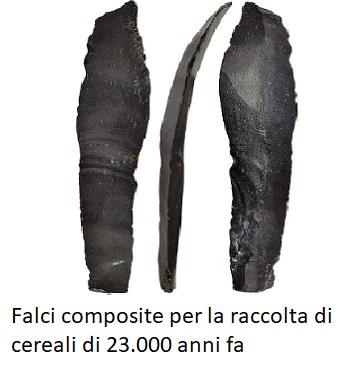Famine or abundance?
Publish date 10-07-2022
 The site of Ohalo II, in the Jordan Valley, is a camp belonging to a population of hunter-gatherers, dated between 22,500 and 23,500 years ago. It contains a large number of well-preserved botanical and faunal artifacts, given its coastal location, now systematically analyzed in a new study published in the journal Plos One.
The site of Ohalo II, in the Jordan Valley, is a camp belonging to a population of hunter-gatherers, dated between 22,500 and 23,500 years ago. It contains a large number of well-preserved botanical and faunal artifacts, given its coastal location, now systematically analyzed in a new study published in the journal Plos One.
The researchers selected it for dating: the transition period between the end of the Paleolithic and the beginning of the Epipaleolithic, when the last cold peak of the Ice Age was reached. The researchers found a high variety of animal species, with the presence of some fast and small prey. In the reflection on the relationship between man and the environment there are two models that could explain this fact. The Optimal Foraging Theory (OFT) states that hunters prefer easier prey with a greater quantity of meat, such as gazelles and deer and, only if these are lacking, do they turn to less profitable prey. The Niche Construction Model (NCT), on the contrary, states that, just when there is an abundance of resources, the human being is freer to experiment with new hunting methods, even if the prey does not give a consistent supply of meat.
Some characteristics of Ohalo II, such as the presence in the fauna record of hares, foxes and birds, the small size of the turtles and the fragmentation of the bones in order to extract the marrow, would suggest the OFT model. However, the researchers showed that the site fits into a situation of abundance, conforming to the NCT model. While detecting the presence of small prey, young gazelles remain the most hunted animals, in order to provide a stable food base. Hares and foxes were perhaps used for fur and birds for precious feathers. The small size of the turtles may reflect a preference for small shells, used as vessels. Finally, the practice of breaking bones to obtain marrow is present both in situations of famine and of abundance. Ohalo II is therefore a favorable climatic niche, fully exploited by the men of the Paleolithic.
Agnese Picco
NP March 2022







